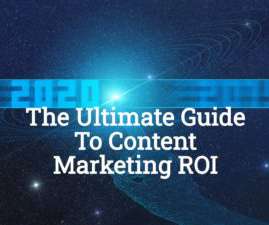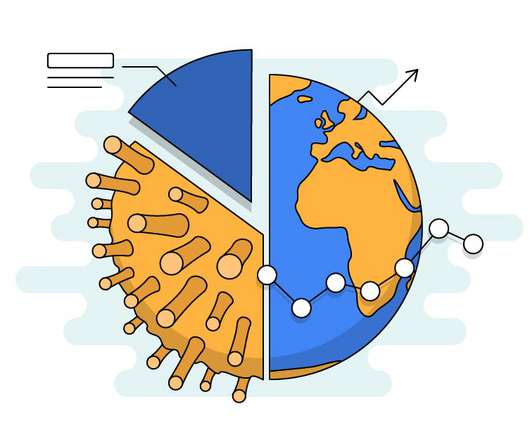The Ultimate Guide to Event Marketing
Hubspot Marketing
JANUARY 25, 2021
These events are all very different, but to the brands or organizations who hosted them, they all had a common purpose: to entertain and engage attendees — a.k.a. Event marketing is a highly valuable strategy for all kinds of businesses, from technology and education to non-profit, medicine, and retail. Types of Event Marketing.














Let's personalize your content